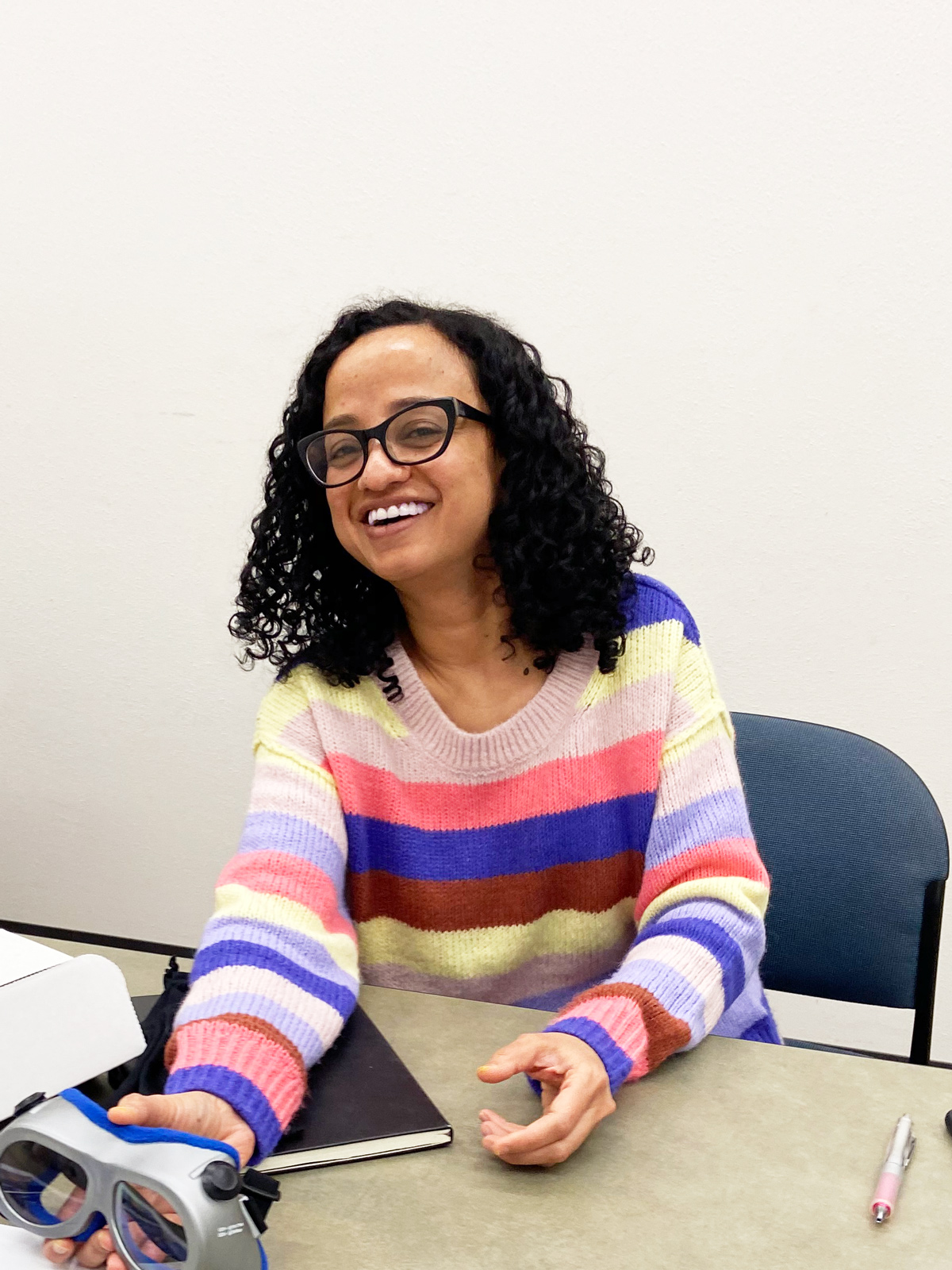
Lasers are all around campus, and in some cases, people are using lasers without even knowing it.
Laser components are widely used in devices such as 3D printers, scanners, DVD players, and laser levelers. They are also used for a wide range of research and in clinical settings — these lasers require supervision, maintenance, and guidance.
That’s where Medical Safety Officer Yuliya Henes, Laser Safety Officer Bindu Timilsina, and Health Physics Technician Karisa Yang come in!
Yuliya, Karisa, and Bindu are FP&M employees like you who help make UW–Madison campus a safe and functional place to learn, work, live, and visit — 365 days a year. These three make up the Laser Safety Team and work in the Office of Radiation Safety within Environment, Health & Safety in FP&M. The team works with users of lasers, including high-powered lasers, on campus and at UW Health to ensure that they are used safely.
“LASER” is an acronym for “light amplification by stimulated emission of radiation.” Laser devices emit a narrow beam of focused light that can cause damage to your eyes and skin if exposed. The Laser Safety Team’s work helps ensure that lasers at UW-Madison do not harm anyone or anything in the external environment.
Lasers you know (and some you don’t)
What do you think of when you hear the word “lasers”? You might picture anything from science fiction to the laser cats love to chase. The things with which people might associate lasers run the gamut. Fact: that cat toy laser pointer is an example of a class 2 laser with the safety guidance to go along with it.
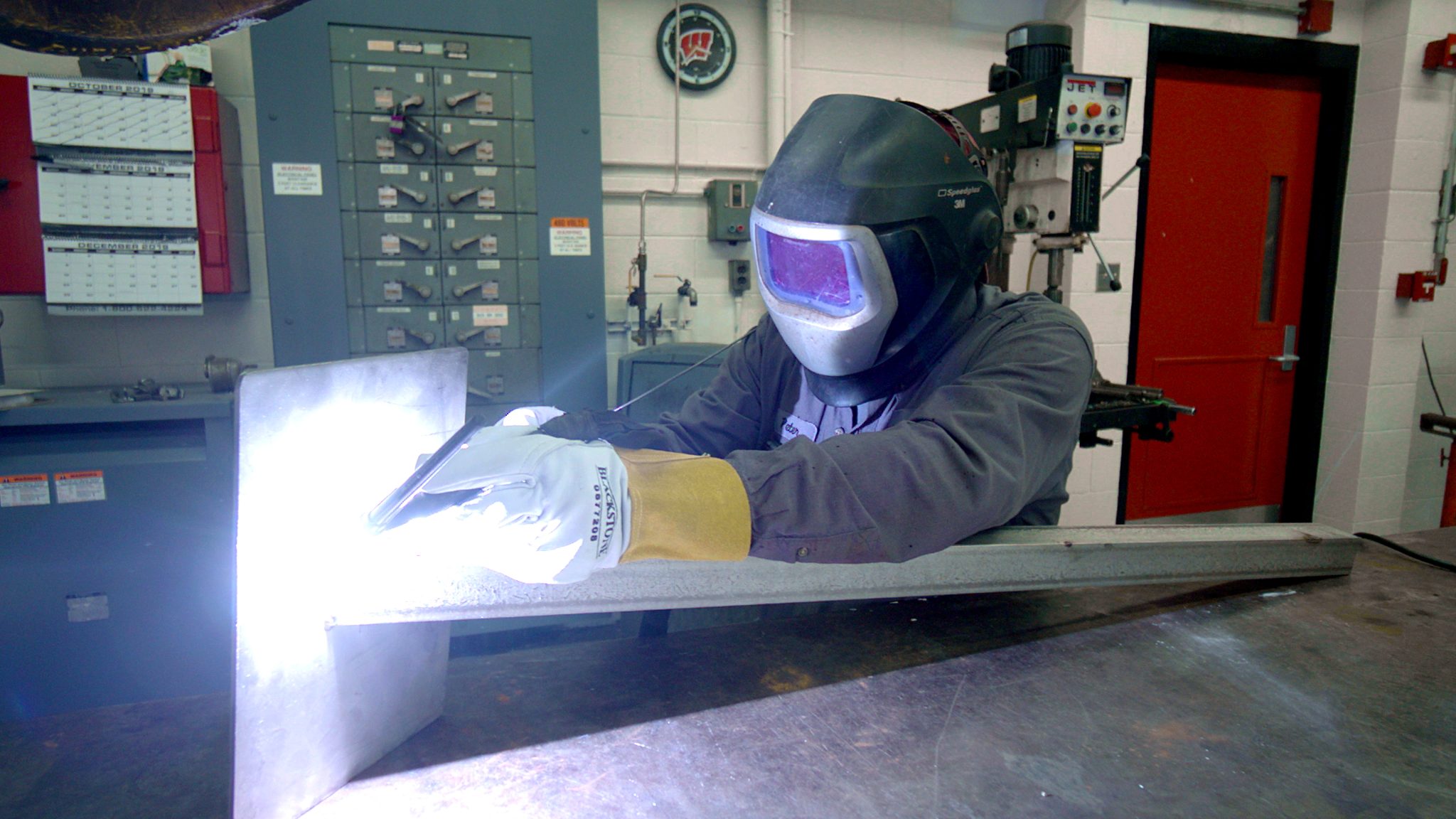
Some other lasers you might know about are used right here at FP&M. For instance, the Physical Plant uses lasers to weld and drill.
Lasers can be found throughout campus in other areas such as laser engraving, teaching, research, taking detailed pictures with microscopes (called confocal microscopy), in veterinary medicine laser therapies, and in clinical settings as well. Lasers are even used to help people feel better and heal and are used routinely at UW Hospital in processes such as laser therapy, laser hair removal, treating skin abrasions, and to help burn victims with skin grafting.
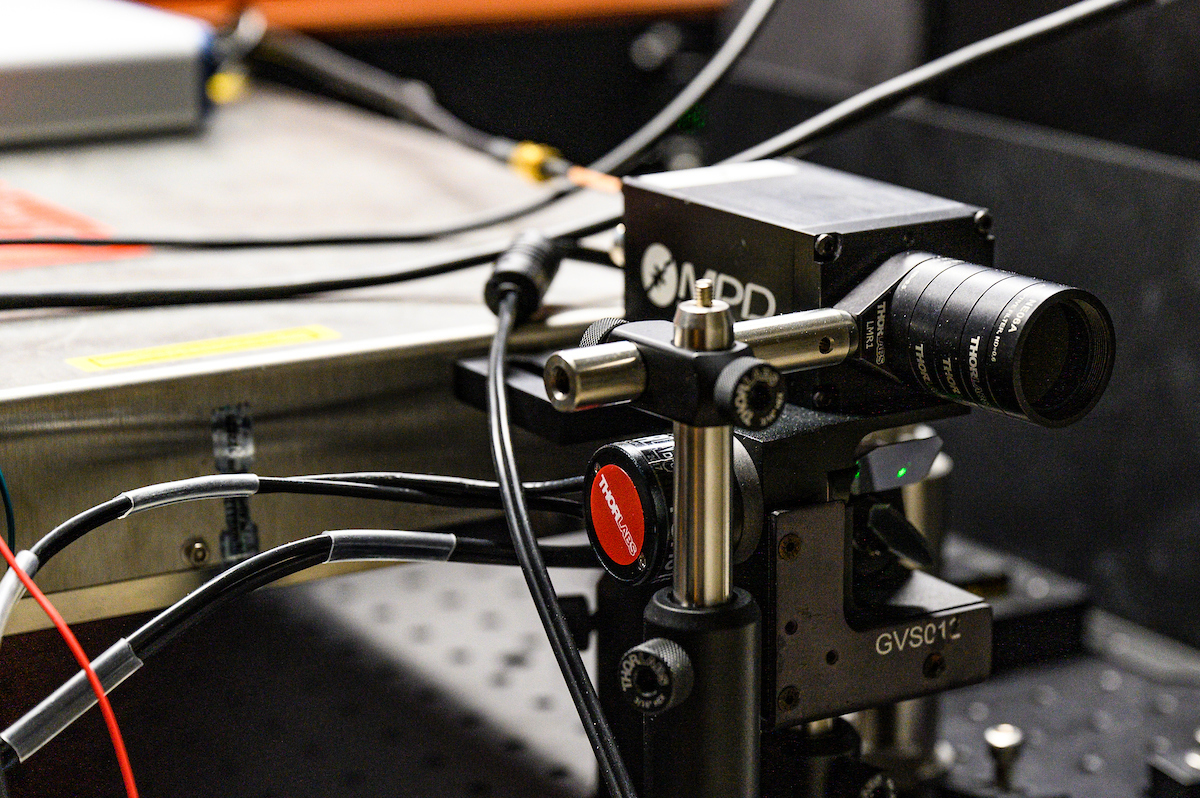
Safety first
So, what does laser safety entail? To make sure lasers are used safely and effectively, the Laster Safety Team provides guidance based on American National Standard Institute (ANSI) Standards. Bindu explained that they help employees work safely through providing the required education and training and implementing the appropriate laser safety policies and procedures. To put it simply, their job is “helping researchers do the laser work safely while being under compliance”.
The Laser Safety Program has come a long way at UW-Madison and UW Health.
At the beginning, the Office of Radiation Safety had one Laser Safety Program that covered both research and clinical lasers and laser systems. However, the Laser Safety Team felt the need for two separate programs for clinical and research lasers due to the difference in the nature and the scope of the program.
Karisa and Bindu focus on campus research projects conducted with lasers while Yuliya is stationed on the clinical side of things where she helps with procedures involving lasers at UW Health.

Suiting up for the job
Like many roles, those who use lasers must wear specific PPE and be trained on proper use. Without PPE, users are at risk of harming others or themselves.
The Laser Safety Team does regular checks and audits of laser sites on campus to support users by answering questions and making sure that they have what they need to perform laser work safely.
Because lasers have a wide variety of uses, not every job site, lab or classroom has the same equipment. For example, laser eyewear is required at laser sites, but each set of eyewear protects for different laser wavelengths measured in nanometers (nm). The risk of insufficient protection is eye damage.
You may have seen FP&M’s personal protective equipment (PPE) flyers in your work area on topics related to what you do to help workers stay safe on-the-job. In the same way, laser users can find Laser Safety Bulletins posted in their work areas.
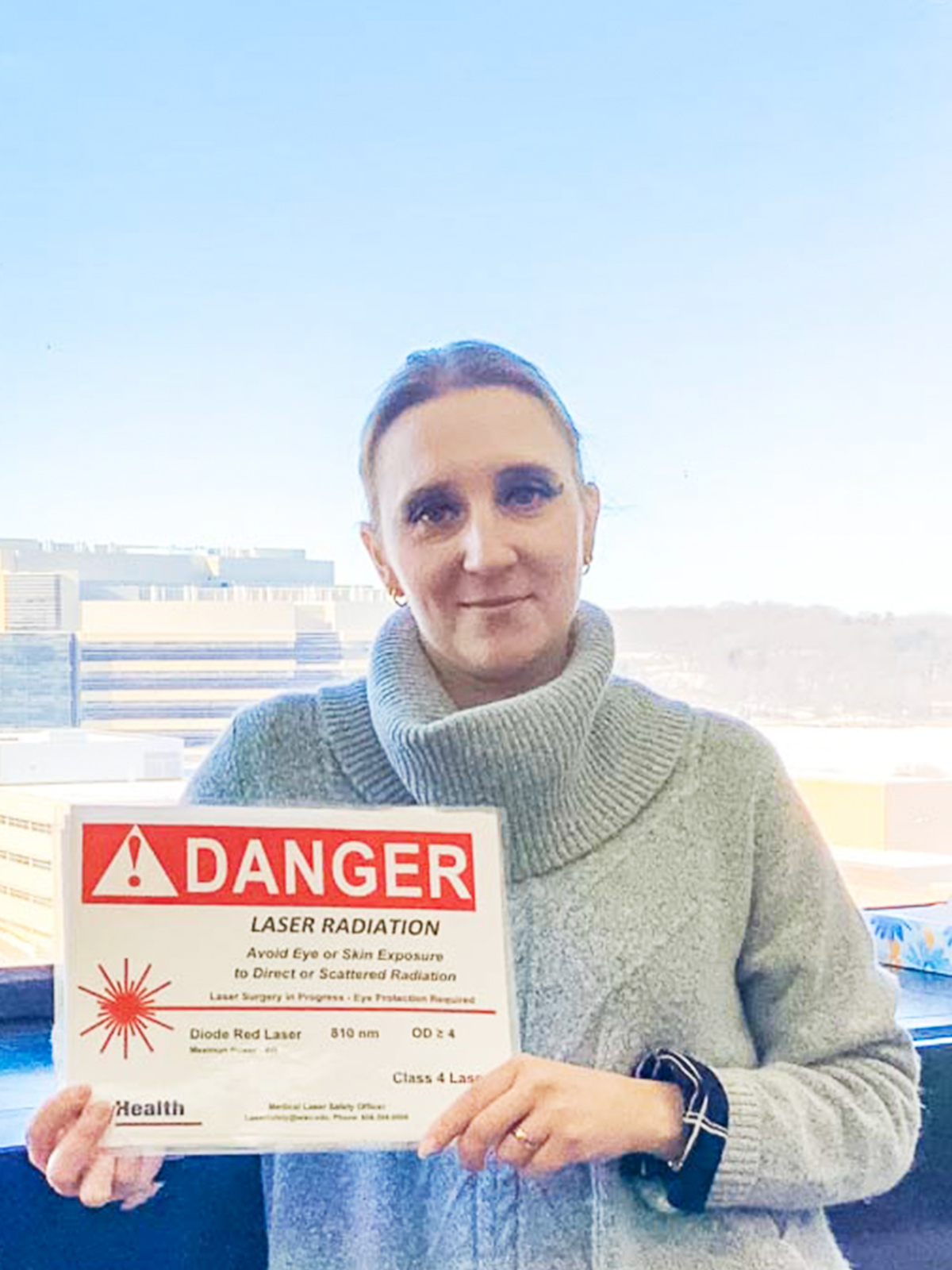
The Laser Safety Team covers the entire UW-Madison campus and hospitals to assist anyone dealing with lasers as part of their job or instruction. It’s no small task, but the team has been working diligently to bring about laser safety awareness by developing educational materials like online training, bulletins, presentations, webinars, and content on the laser safety webpage on the EH&S site.
Yuliya pointed out that laser safety aspects must be easily understood by the users, so it’s a good idea to give short presentations, Q/A sessions, and visits.
Hopefully you’ll be able to see one of Yuliya’s presentations one day, but for now you can watch for the next Laser Safety Bulletin in the FP&M Employee Newsletter for laser safety tips and timely updates from Bindu, Karisa, and Yuliya.
Purposeful work
Bindu and Karisa like to visit campus labs and learn about interesting research projects.
“It is the excitement of seeing the various research projects that are being conducted on campus using lasers,” said Karisa. “No two laser labs are the same, so this brings its own unique challenges to laser safety.”
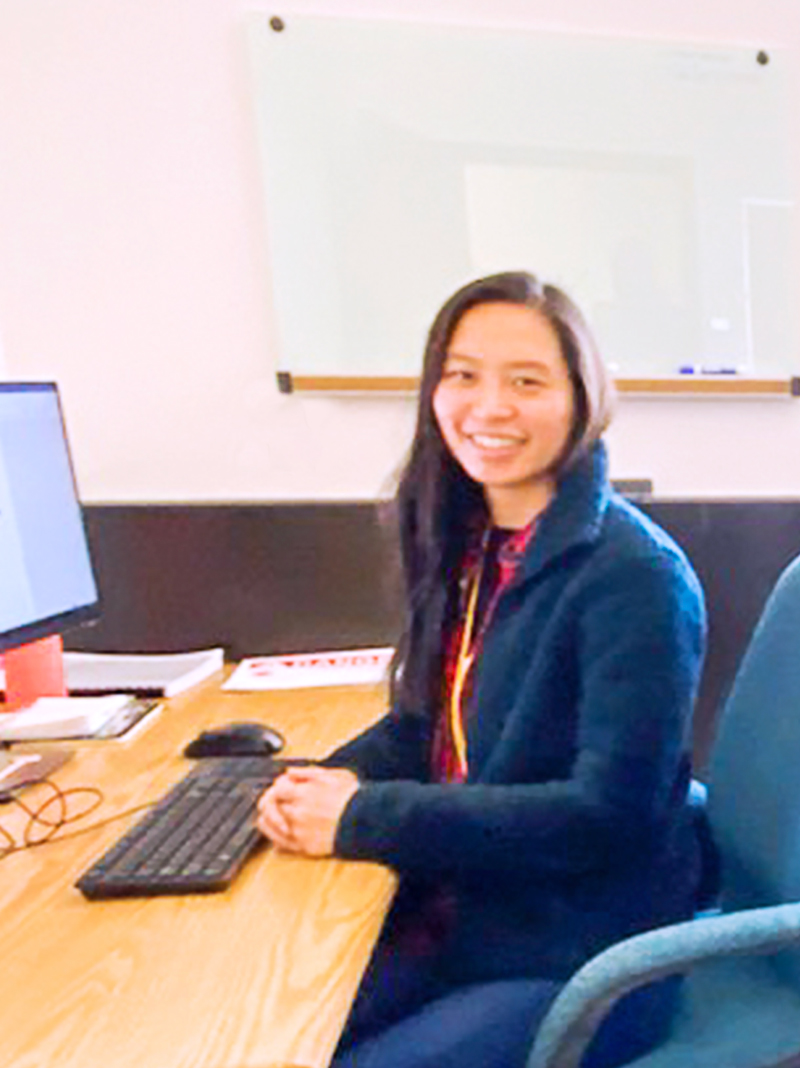
For Yuliya, she enjoys seeing the procedures in the operating room and collaborating with nurses, surgeons, and other healthcare professionals on creating a safe work environment.
Outside of the labs and hospitals, the Laser Safety Team looks forward to the EH&S chili cookout and EH&S summer picnic — which occurred every year until the start of the pandemic and moves put a pause on the gatherings.
Impact of COVID-19
Like most of your FP&M co-workers, the Laser Safety Team’s work changed quite a bit in March 2020.
With most of their jobs requiring them to go into labs and check on equipment, COVID-19 presented quite a shift in their day-to-day with fewer elective surgeries at the hospital and many of the research labs were temporarily closed.
Customer consultations occurred remotely and were an adjustment for everyone involved. But now there is more research being conducted than in 2019. Although this was a slow period for the team, it is now back to lab visits, and with that there is more safety outreach and education than ever.
Final thought from your friendly laser pros
Although there is more education and awareness on campus, Bindu, Karisa and Yuliya emphasized,
“the biggest mistake people can make while working with lasers is to think that they know their equipment and it is safe.”
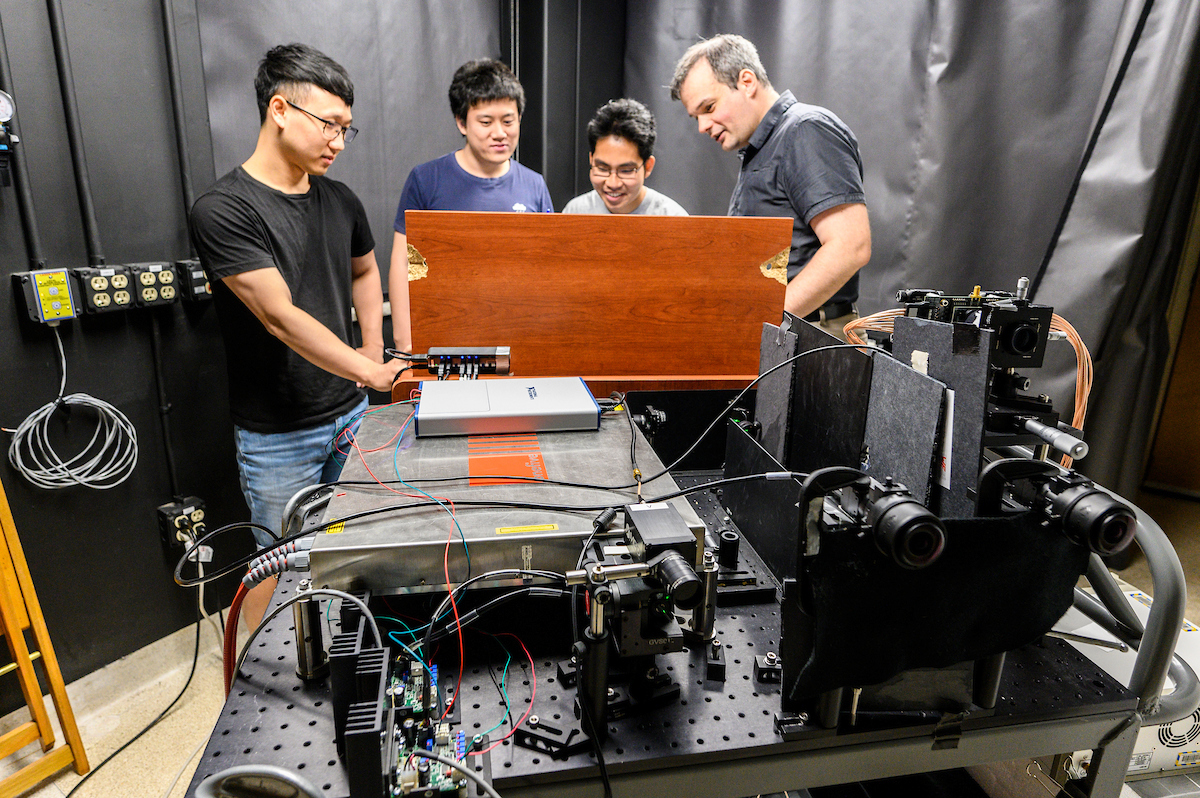
The Office of Radiation Safety provides UW-Madison and UW Health with the necessary education and resources to stay as safe as possible, but it is always important to keep in mind that it is everyone’s responsibility to create a safe work environment.
If you would like to learn more about the Laser Safety team and their roles, check out this article published in LIA Today from the Laser Institute. Yuliya, Bindu, and Karisa were the authors of the article, “The Challenges of Establishing a Laser Safety Program in an Academic and Clinical Setting” on pages 21 – 23. You can also find more information on the EH&S Lasers web page.
Posted in Department Highlights, EH&S, General, Safety




































